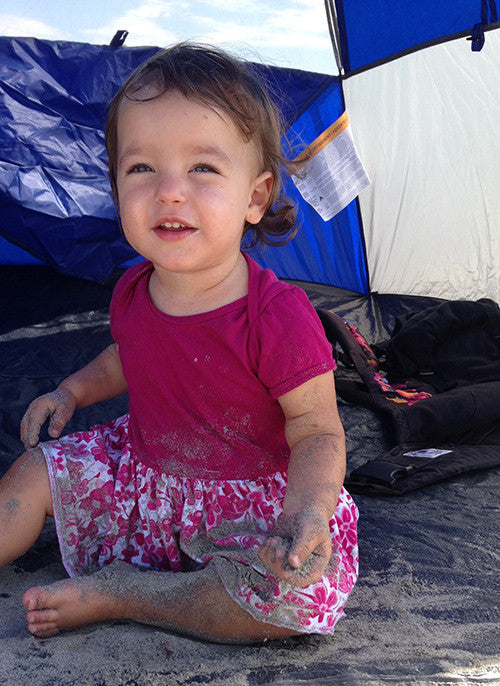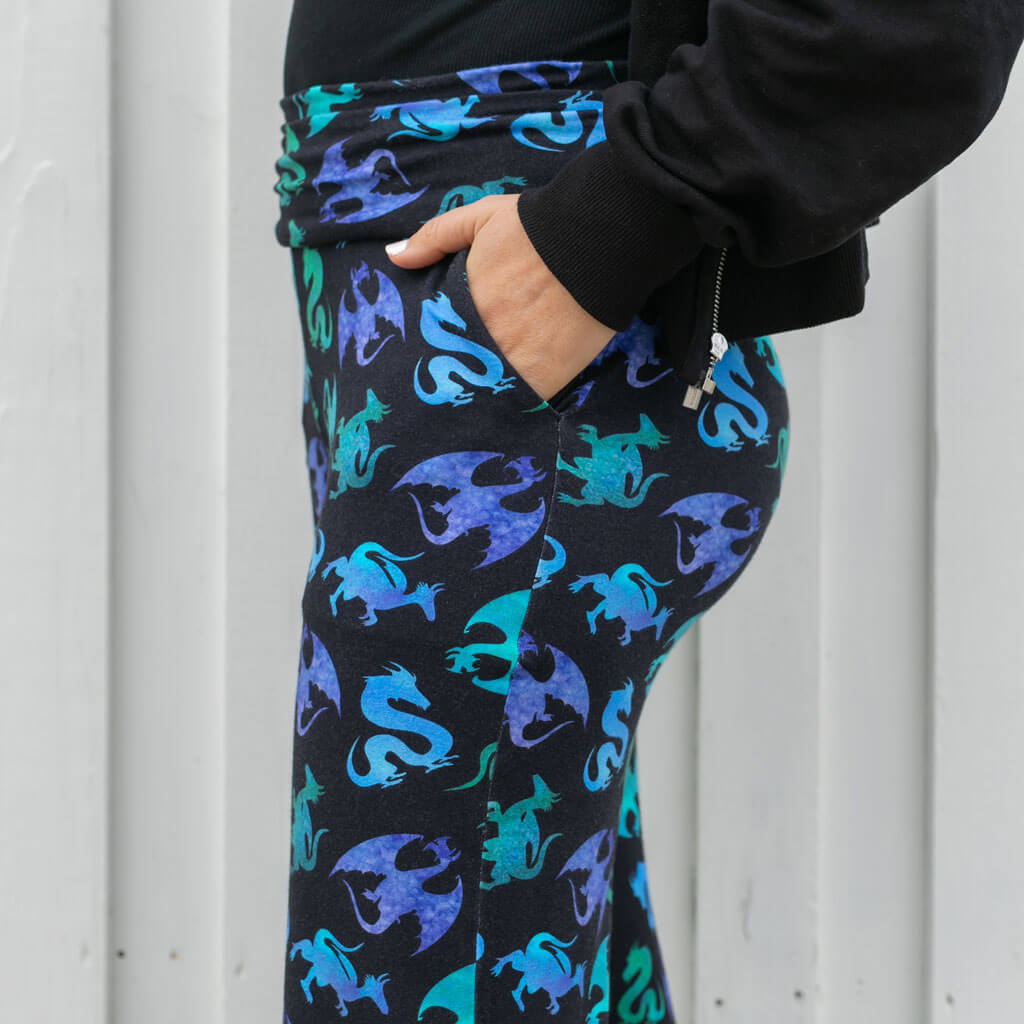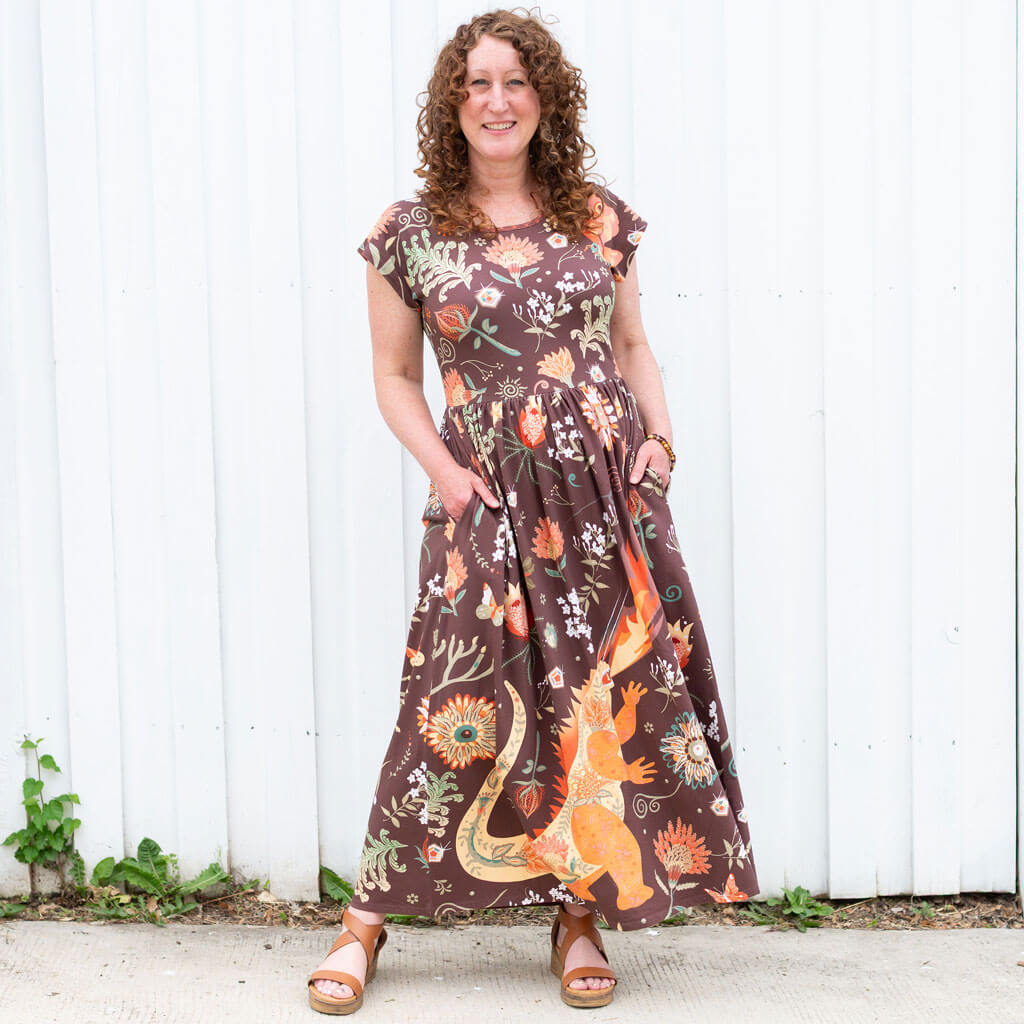Shop Now
New
Sale

Dirt: My Daughter's Favorite Accessory
November 03, 2015 2 min read

My 19-month-old daughter makes a beeline for the “sand hole” in the yard every time she walks out the front door. No matter the weather, she sits herself down and splatters her entire body with a mixture of dirt, mulch, sand, and grass, usually soaking her socks and shoes, along with most of her lower body. Just watching her get that messy makes my skin crawl, imagining how it must feel to be that filthy.
My daughter is my fourth child. The three older kids also still like to play in the sand and dirt, but not with the reckless abandon that she, a tiny toddler barely talking, so clearly enjoys.
There must be some calculus going on as children age that inform them of the costs and benefits of messy activities. My hypothesis is that two factors are at play: 1) As children become responsible for cleaning themselves up, the Law of Diminishing Returns holds the Joy of Mud in check and 2) Tactile memories of having dirt in one's eyes begin to correlate with the experience of having dirt on one's hands.
Thus, here is a handy dandy, totally non-scientific chart that clearly demonstrates these factors at (childs)play:

Yes, as you can clearly see, interest in getting dirty is directly correlated to the amount of effort getting cleaned up again takes in combination with how uncomfortable the medium may feel when it encounters one’s eyeballs or underwear.
The point of all this is that, for awhile at least, kids don’t care about being dirty, and they also don’t care about the effort it will take to get them clean again. That’s why their clothes should 1) be pretty easy to take on and off and 2) be able to withstand the full impact of Toddler Dirt Proclivities.
Leave a comment
Comments will be approved before showing up.
Subscribe
Sign up to get the latest on sales, new releases and more …







